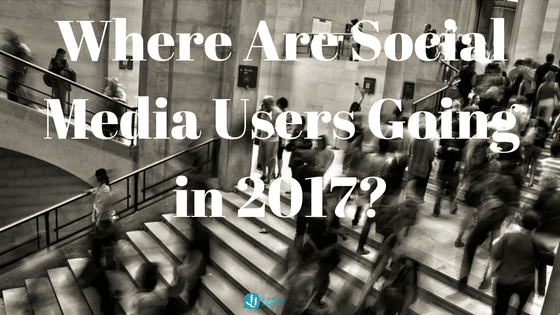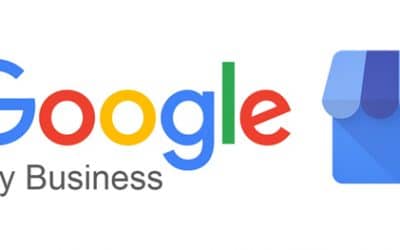Over the past year, the world’s top social media networks – Facebook, Twitter, Instagram, LinkedIn and Snapchat – have continued to grow at breakneck speeds. Not only are they continuing to add record numbers of users within all demographic groups, they are also innovating at a rapid pace, rolling out new features and options in an effort to grab a bigger piece of the overall social media pie.
Trend #1: Facebook is evolving in response to younger users
While Facebook continues to be the biggest and most popular social network, it is also being forced to evolve in response to the changing social media habits of its younger users. For members of the younger millennial generation, Facebook is a way to share third-party content rather than a place to share stories and personal updates.
And make no mistake about it – Facebook is still plenty attractive to the 18-to-29 demographic despite the popular media narrative that Facebook is “graying.” Within the United States, 82 percent of Internet users in the 18-to-29 demographic are active on Facebook. That figure for Facebook is still much higher than for Instagram (55 percent), Pinterest (36 percent), Twitter (29 percent) or LinkedIn (22 percent). As Facebook continues to roll out millennial-friendly features like Facebook Live, look for this trend to continue.
Trend #2: Digital ad revenue is shifting to social and video
Another big trend is that digital marketers are re-thinking their traditional commitment to search as a way to reach consumers. In 2017, for example, search is projected to account for 47 percent of the total $80 billion spent on digital advertising. By 2020, though, search will account for only 43 percent of the projected $121 billion in digital advertising. At the same time, both social and video will see rising market share. By 2020, social could account for one-quarter of all digital advertising, an increase from just 21 percent in 2017.
Within the world of social, Facebook remains the clear favorite choice for digital marketers. According to eMarketer and Tech Crunch, Facebook will post $10.03 billion in ad revenue in 2017, dwarfing the totals from Instagram ($2.81 billion), Twitter ($2.54 billion) and Snapchat ($1 billion). Instagram has increasingly been embraced by brands looking for a lift. According to the latest figures, Instagram ads offer a brand awareness lift for 97 percent of all campaigns.
Trend #3: Snapchat continues to win over young social media users
Snapchat is now arguably the fastest-growing social network in the world, and perhaps the one social network that is most associated with the younger millennial generation in the minds of marketers. (Although, as noted above, Facebook and Instagram still have a head start on winning over these younger users).
The latest figures show that Snapchat reaches 41 percent of the U.S. online audience on any given day. Moreover, 76 percent of this audience is comprised of millennials. That’s good news for brands, which are reportedly creating new ad units specifically for Snapchat, enabling young users to interact with them in new ways. And, according to leaked documents obtained by Tech Crunch, projected ad revenue at the company will have increased from $50 million in 2015 to a remarkable $1 billion by 2018.
These three trends have important implications for digital marketers and advertisers. It’s clear that social and video are the new platforms of choice for social media users, and especially for the young millennial generation. As a result, 2017 could shape up to be the year that Facebook, Instagram, and Snapchat attempt to woo over the millennial generation with even more features and options.









0 Comments